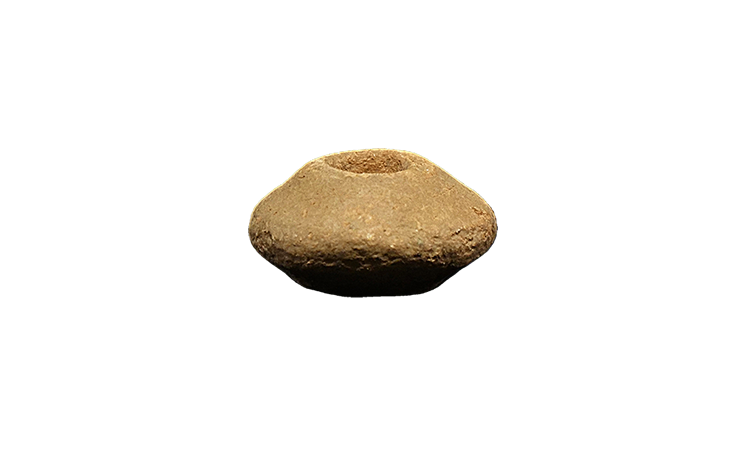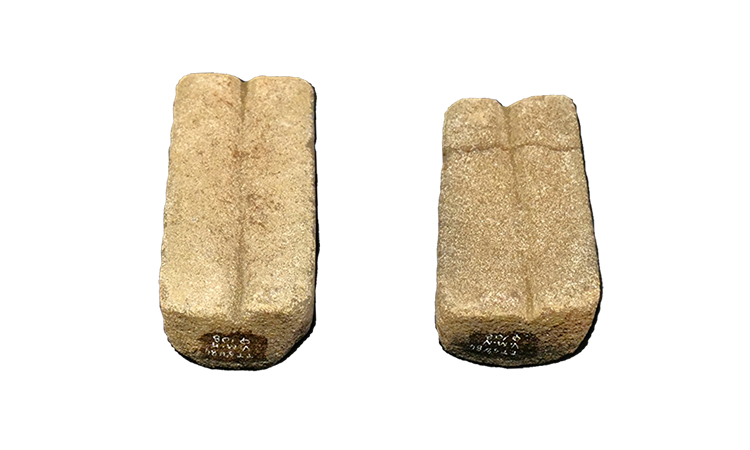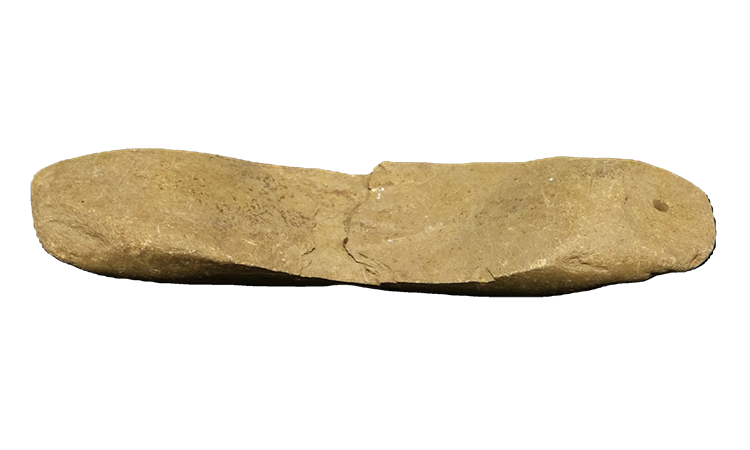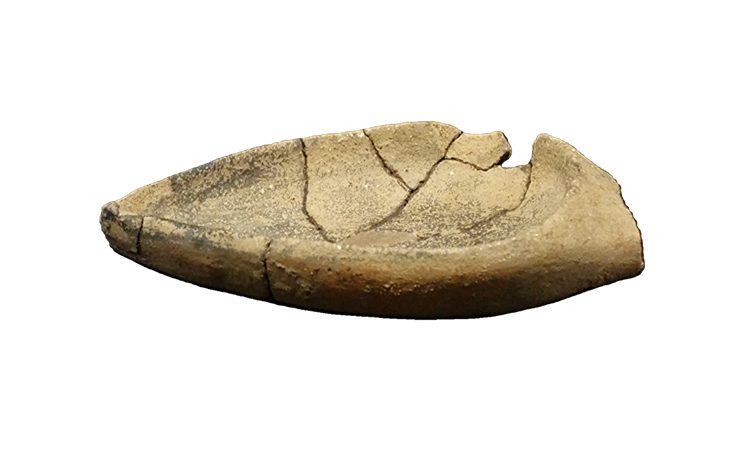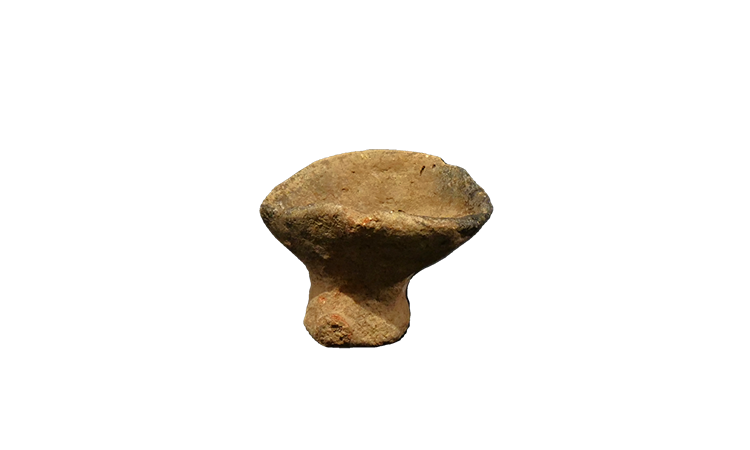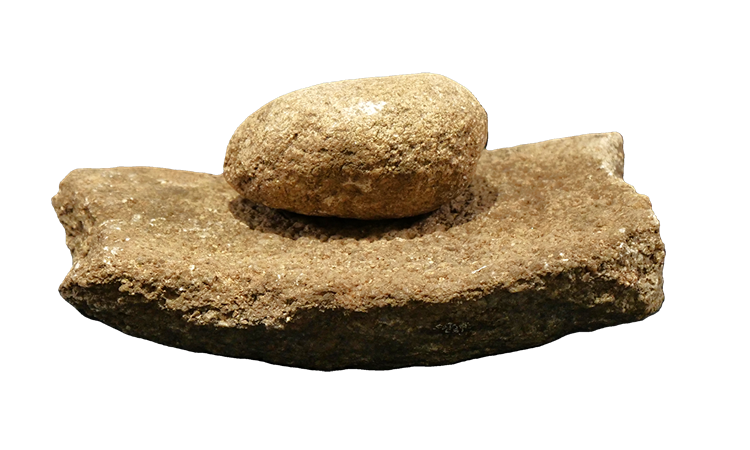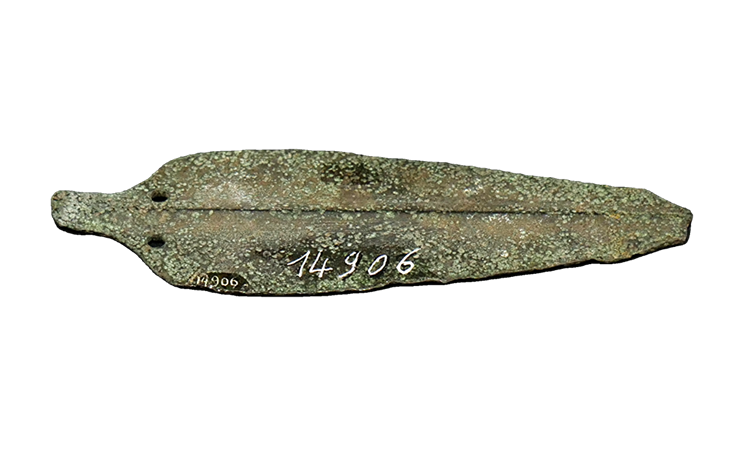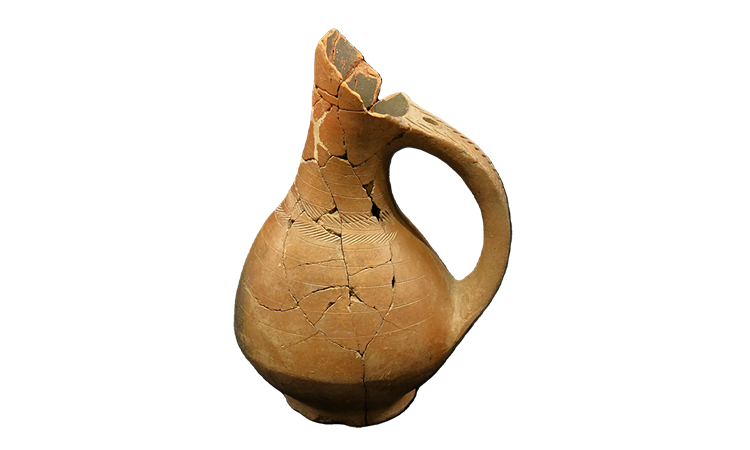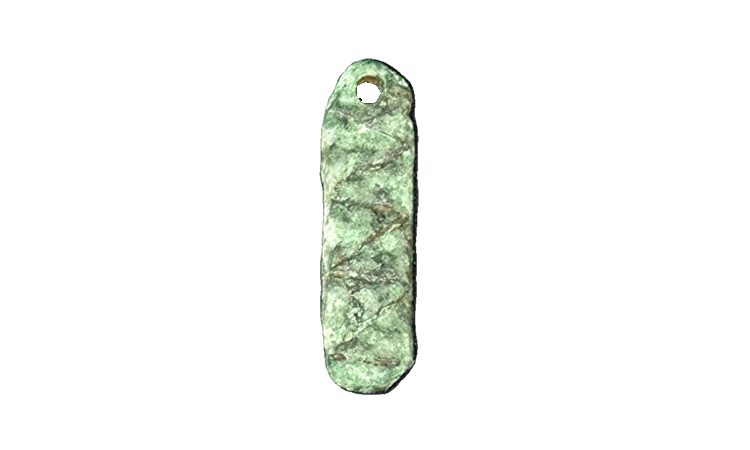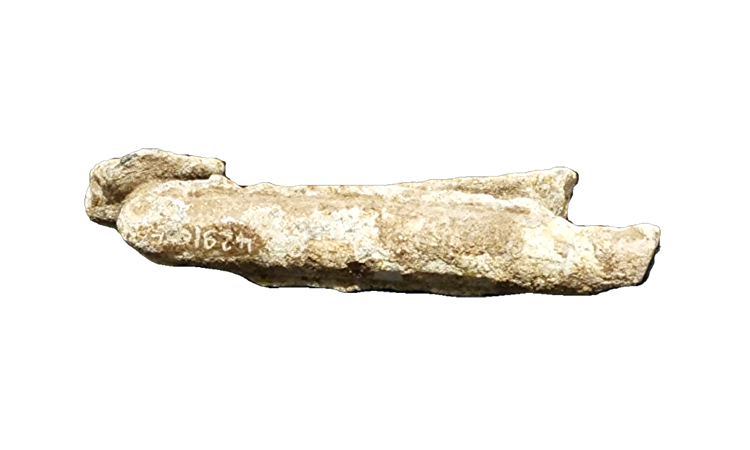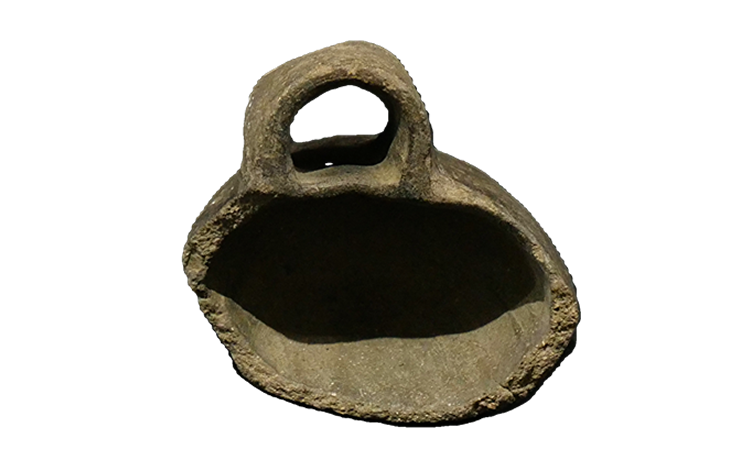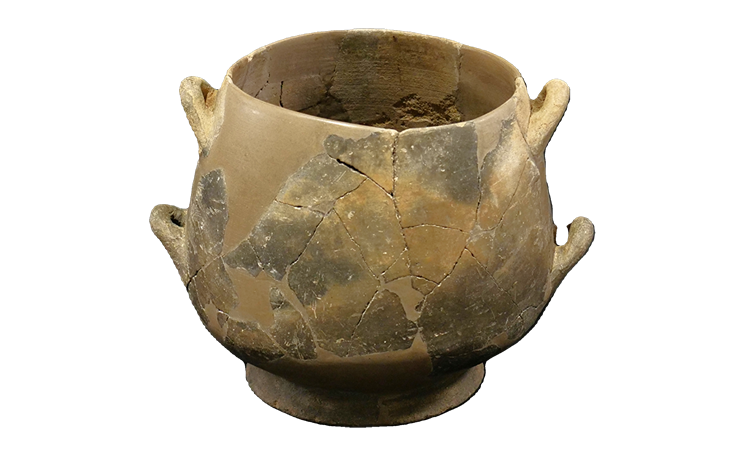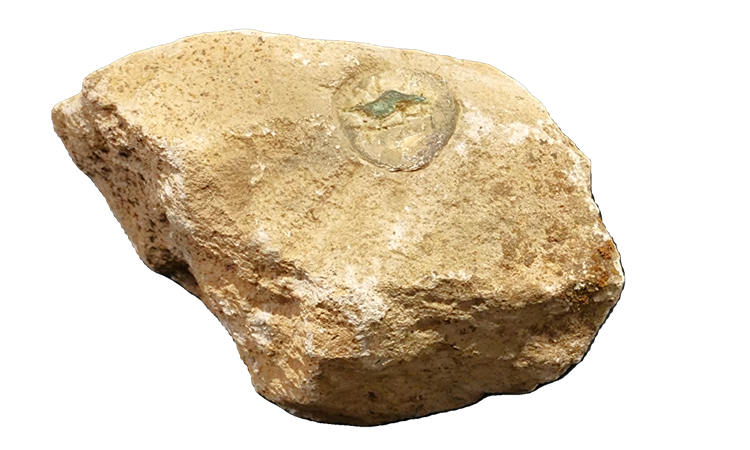


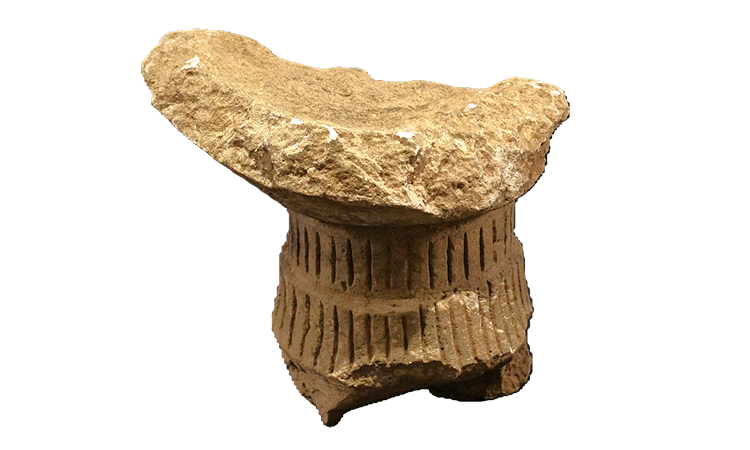

Nuraghe model
Item No.
Exhibit 353
Inventory No.
No. 24.S255-3.156 (Sabap SS-NU)
Provenance
According to Campus publications it comes from Abini landfill
Acquisition
n.d.
Material
Litico
Measures
Height 22 cm; circumference 49 cm
Conservation
Incomplete
Period
Nuragic
Dating
Final Bronze-Early Iron Age (12th-8th cent. BCE).
The nuraghe model, made of trachyte, comes from the village-sanctuary of Abini (Teti-Nu). The truncated-conical shaft is decorated with vertical incisions that recall the brackets supporting the terrace placed on top of the nuraghi. The slightly concave top may form the bottom of a hollow that is not currently preserved. The find is dated to the Final Bronze-Early Iron Age, between the 12th and 8th centuries B.C., a period when nuraghi were no longer built but, represented in stone carvings and bronze objects, constituted an identity symbol with strong sacred and ideological significance.
Discover other finds from the protohistoric age
Tagged find of nuragic age












